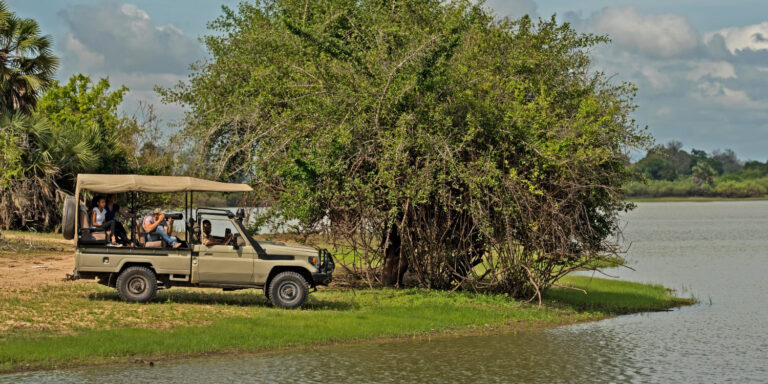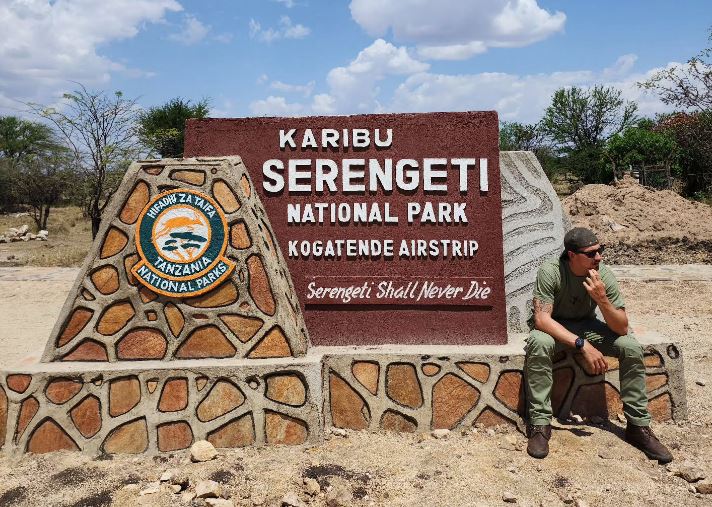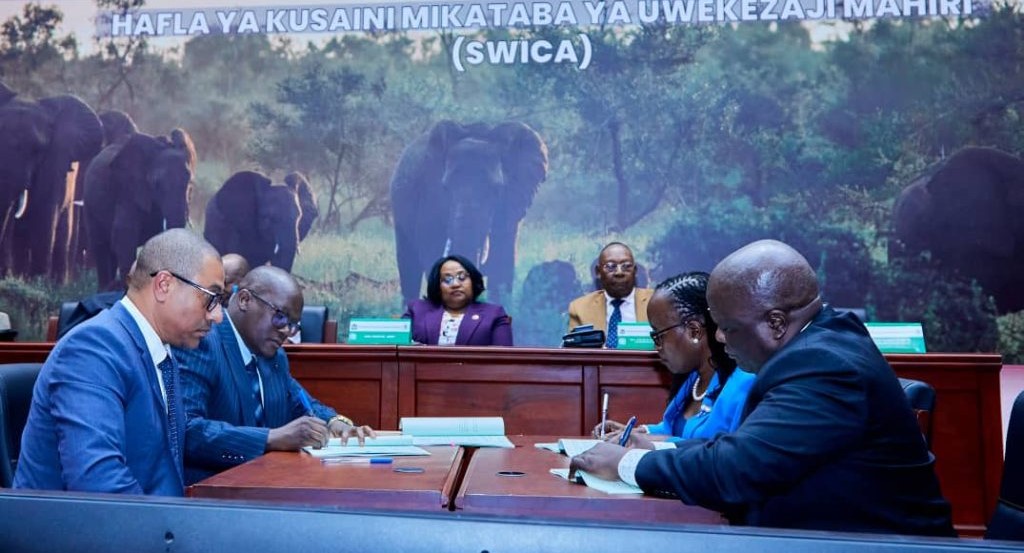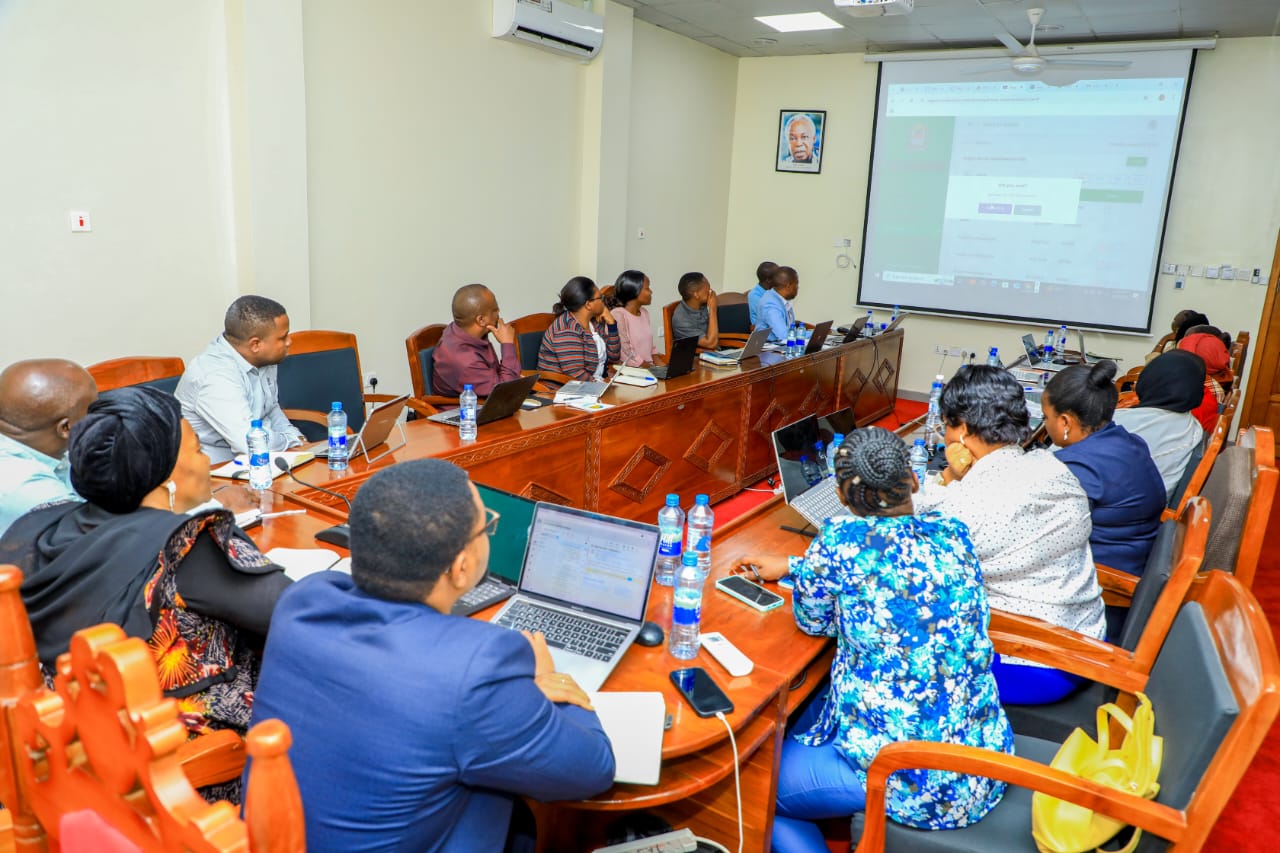Dodoma. The Tanzanian Parliament has endorsed the government’s request to excise a section of Nyerere National Park, in a move aimed at resolving persistent boundary disputes and enabling development activities to proceed in a manner that is both community-friendly and conservation-conscious.
The minister for Natural Resources and Tourism, Dr Pindi Chana, presented the resolution in the House, noting that the government has decided to remove a total of 1,617 square kilometres from the park and reintegrate it into the Selous Game Reserve.
The decision effectively reduces the park’s size from 30,893 square kilometres to 29,276 square kilometres.
Elaborating on the resolution, Dr Chana said the redefinition of boundaries is intended to address longstanding land-use conflicts between the park and neighbouring villages, the Selous Game Reserve, and several Wildlife Management Areas (WMAs) including Mbarang’andu, Juhiwangumwa, Iluma, Jukumu, Magingo, and Nalika.
She said the boundary adjustment is also crucial for protecting the ecological corridor that links Nyerere National Park and the Selous Game Reserve.
The corridor plays a vital role in ensuring a sustainable water flow into the Rufiji River – a key lifeline for the Julius Nyerere Hydropower Project (JNHPP), Tanzania’s flagship electricity generation venture.
“This decision supports the continuity of critical ecological functions and safeguards the water systems that feed into the Rufiji River,” she told Parliament.
Dr Chana added that the move is expected to enhance the performance of the tourism sector by boosting photographic and game hunting tourism activities within and around the Selous Game Reserve, thereby increasing domestic revenue generation from tourism.
“We are entering a new phase in the sustainable management of our natural heritage – including wildlife, vegetation, aquatic breeding grounds – and improving water accessibility for farmers, pastoralists, and fishers,” she said.
The resolution marks a significant policy shift in balancing environmental conservation with socio-economic development, particularly in areas where protected zones interface closely with human settlements.







